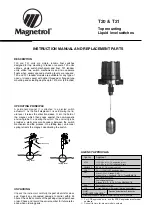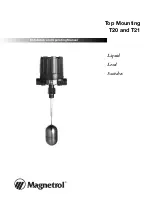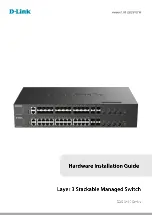
4-1
4
DLDP Configuration
This chapter includes these topics:
z
z
z
z
z
Setting the Interval for Sending Advertisement Packets
z
z
Setting the Port Shutdown Mode
z
Configuring DLDP Authentication
z
z
Displaying and Maintaining DLDP
z
z
Overview
Background
Sometimes, unidirectional links appear in networks
.
On a unidirectional link, one end can receive
packets from the other end but the other end cannot.
For example, if two switches, Switch A and
Switch B, are connected via a fiber pair, one used for sending packets from A to B and the other for
sending packets from B to A, the link between the two switches is a bidirectional link (two-way link). If
one of the fibers gets broken, the link becomes a unidirectional link (one-way link).
Unidirectional links result in problems such as loops in an STP-enabled network.
There are two types of unidirectional fiber links. One occurs when fibers are cross-connected, and the
other occurs when one end of a fiber is not connected or one fiber of a fiber pair gets broken.
shows a correct fiber connection and two types of unidirectional fiber connection.
















































